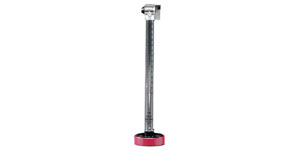ry this type simple to use and leave no marks

This even works on lathe beds
I have had mine since about 1980

Dave
http://sunrisegr.com/srt_products_d... Portable Hardness Tester&type=brand&sort=SRT

This even works on lathe beds
I have had mine since about 1980

Dave
http://sunrisegr.com/srt_products_d... Portable Hardness Tester&type=brand&sort=SRT





